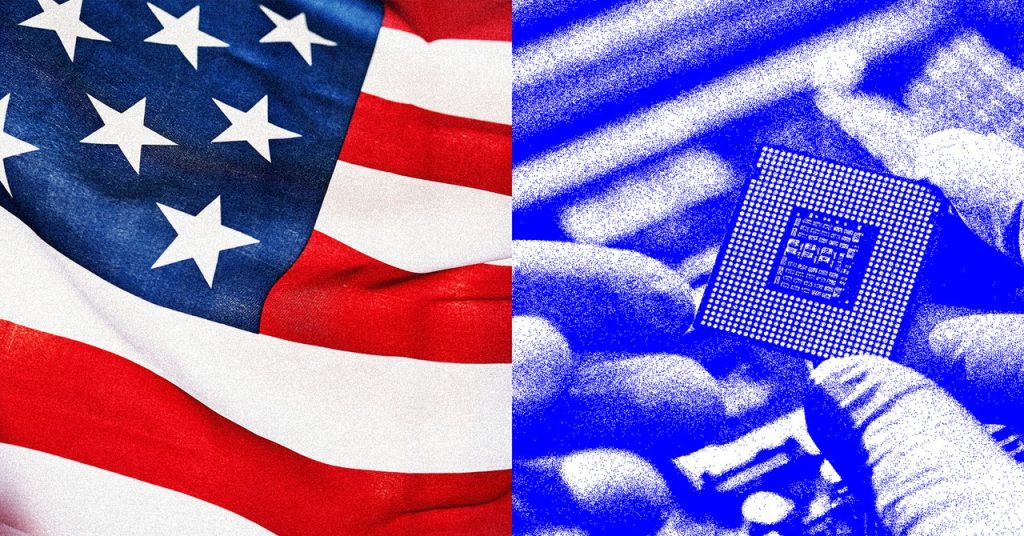### US Technological Leadership: A Unified Political Goal
#### The Importance of Technological Leadership
One thing that US politicians seem to agree on, despite many other differences, is that the country needs to lead technologically to maintain a position of economic and geopolitical preeminence. Ensuring such leadership will be a critical question for the next US president and their staff.
#### Recent Efforts in Technology and Manufacturing
The past two administrations have taken extraordinary steps to maintain an edge in both technology and manufacturing, two fields that are intricately connected. The US and its allies have enacted legislation that will pour $280 billion into bringing more microchip manufacturing back to American soil.
We are really now thinking about the AI problem. We understand how important packaging could be for that particular problem set. I would say it has really focused some of our thinking in certain areas both on the manufacturing side and the R&D side.
### The Role of Packaging in AI Development
#### Why Packaging Matters
Packaging—fitting different components together—might sound mundane, but it enables the development of three-dimensional chip architectures. These architectures will accelerate the power of AI chips and help build out the AI revolution. Recently, a $1.6 billion notice of intent for funding was announced, focusing on power and thermal requirements associated with AI chips.
#### Materials and Substrates
Materials and substrates are also critical. New types of materials need to fit into new architectures. Hyperscale computing, which involves connecting chips together inside data centers, is another important area.
### AI Safety and Standards
#### The Role of NIST
As the director of the National Institute of Standards and Technology (NIST), there is also a responsibility for developing standards and practices around AI. The [AI Safety Institute](https://www.nist.gov/aisi) is working to ensure AI is not deployed dangerously. Although the work is in its early stages, relationships with other AI safety institutes around the world are being developed, and guidelines for AI model testing are currently in progress.
#### Addressing AI Threats
A year ago, there was much talk about artificial general intelligence and AI posing an existential threat. While NIST is involved in these conversations, there isn’t a dedicated team focused on this issue. The institute remains alert for new threats and will continue to listen to the AI community as technology advances, informing programs with facts and empirical evidence.
### Measuring AI’s Impact
#### Economic and Company Impact
Today’s AI benchmarks seem like imperfect ways to measure progress in AI. There also seems to be a lack of good methods to measure AI’s impact within companies and on the economy. NIST aims to innovate responsibly, ensuring that people can trust the technology to take full advantage of it.
I don’t have a good measurement for the potential economic benefit of AI at my fingertips. If you have one, I’d love to see it. We want to innovate but we need to do it responsibly. We need to do it in a way that people can trust the technology so we can take advantage of it. We just have to make sure we can use it in a way that serves us well.

2 Comments
Why spark a Silicon Revolution just to outdo others in AI?
Provocation: Maybe it’s not a Silicon Revolution we need but a reality check on ethical AI use!